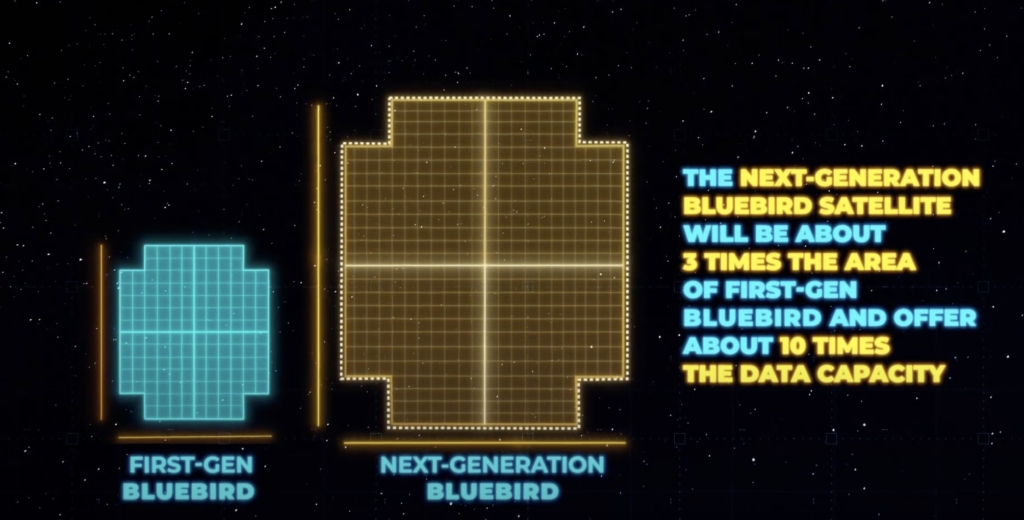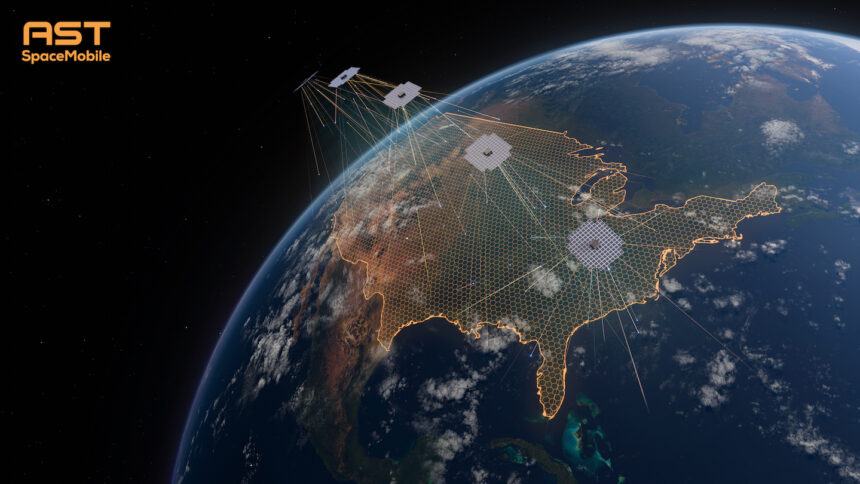AT&T and Verizon have taken essential actions toward expanding mobile connectivity beyond traditional cell towers. Both telecom giants have successfully completed video calls using AST SpaceMobile’s BlueBird satellites, proving that real-time communication via space-based cell towers is not just a concept—it’s now operational. AST SpaceMobile, a Texas-based satellite company, launched five BlueBird satellites in September, aiming to create a system where regular smartphones can connect to satellites like terrestrial cell towers.
What’s Happening & Why This Matters
AT&T, Verizon Put AST’s Tech to the Test
The company has yet to receive full Federal Communications Commission (FCC) approval to launch commercial service, but temporary clearance allowed AT&T and Verizon to test the satellite connectivity. These tests showcase a future where mobile dead zones could become a thing of the past, providing connectivity to rural, remote, and disaster-stricken areas without requiring specialized equipment or changes to existing smartphones.
AT&T successfully completed a satellite-powered video call between two smartphones in Texas. The test, between Midland and Dallas, used AT&T’s radio spectrum to communicate with AST SpaceMobile’s BlueBird 2 satellite before transmitting the call through the carrier’s traditional network. Verizon followed with its successful satellite-powered video call, demonstrating AST’s ability to provide seamless mobile service beyond traditional networks.
While both carriers have confirmed that the calls went through, neither has provided full technical details on the call quality, latency, or bandwidth. Previous AST tests with Vodafone in the UK have shown that the technology works, though video quality may not match traditional cellular networks.
Carrier Competition Intensifies
With AST’s satellite tests proving successful, AT&T and Verizon have positioned themselves as direct competitors to T-Mobile and SpaceX’s Starlink, which have been developing satellite-to-phone services of their own. Starlink’s service currently supports text messaging and is expected to add voice and video calls shortly. Unlike AST, which is testing services with only a handful of satellites, SpaceX already has a network of nearly 500 Starlink satellites capable of cellular connectivity.

T-Mobile has gone further by launching a beta program allowing customers to test satellite connectivity on existing smartphones. The program includes a $15-per-month fee for T-Mobile users and a $20 fee for non-T-Mobile customers, making it the first U.S. carrier to monetize satellite-based mobile services.
The Race to Ubiquitousf Satellite Coverage
While AST has demonstrated that its technology works, its current five-satellite constellation is insufficient to provide continuous coverage across the United States. The company estimates it will need between 45 and 60 satellites to create a functioning satellite-based mobile network. Until then, coverage will remain intermittent and limited to specific regions where testing is authorized.

Regulatory hurdles also remain a challenge. The FCC has granted temporary approval for AST to conduct trials, but full-scale commercial operations require further government approvals and international spectrum coordination. AT&T and Verizon are working with AST to ensure compliance, but delays in regulatory approvals could impact deployment timelines.
TF Summary: What’s Next?
With AST SpaceMobile proving that its satellites can successfully enable video calls, the future of satellite-based mobile networks is moving closer to reality. However, scaling the technology remains a massive challenge. AST must launch dozens more satellites and obtain full FCC approval before offering commercial service. Meanwhile, SpaceX, T-Mobile, and other competitors aggressively push ahead with their satellite-to-phone networks.
If AST successfully builds a fully operational satellite network, AT&T and Verizon customers could soon have seamless mobile service in areas where traditional networks fail. The battle for satellite-powered mobile dominance is just beginning, and the outcome will shape the future of mobile connectivity.
— Text-to-Speech (TTS) provided by gspeech


